'REFRESH' YOUR SCREEN EACH TIME YOU VISIT THIS SITE TO BE SURE YOU HAVE THE MOST RECENT PAGE
updated 3/5/16
--------------------------------------------------------------------
.-----------------------------------------------------------------------------------------------------------------
.-----------------------------------------------------------------------------------------------------------------

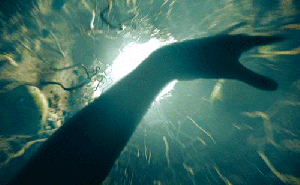
DOWN THE RABBIT HOLE:
THE JOURNEY UNDERGROUND, INTO THE REALM OF THE ANIMAL, THE COLLECTIVE UNCONSCIOUS, STEVEN FARMER MEDITATION, ETC.

At the entrance to Lascaux
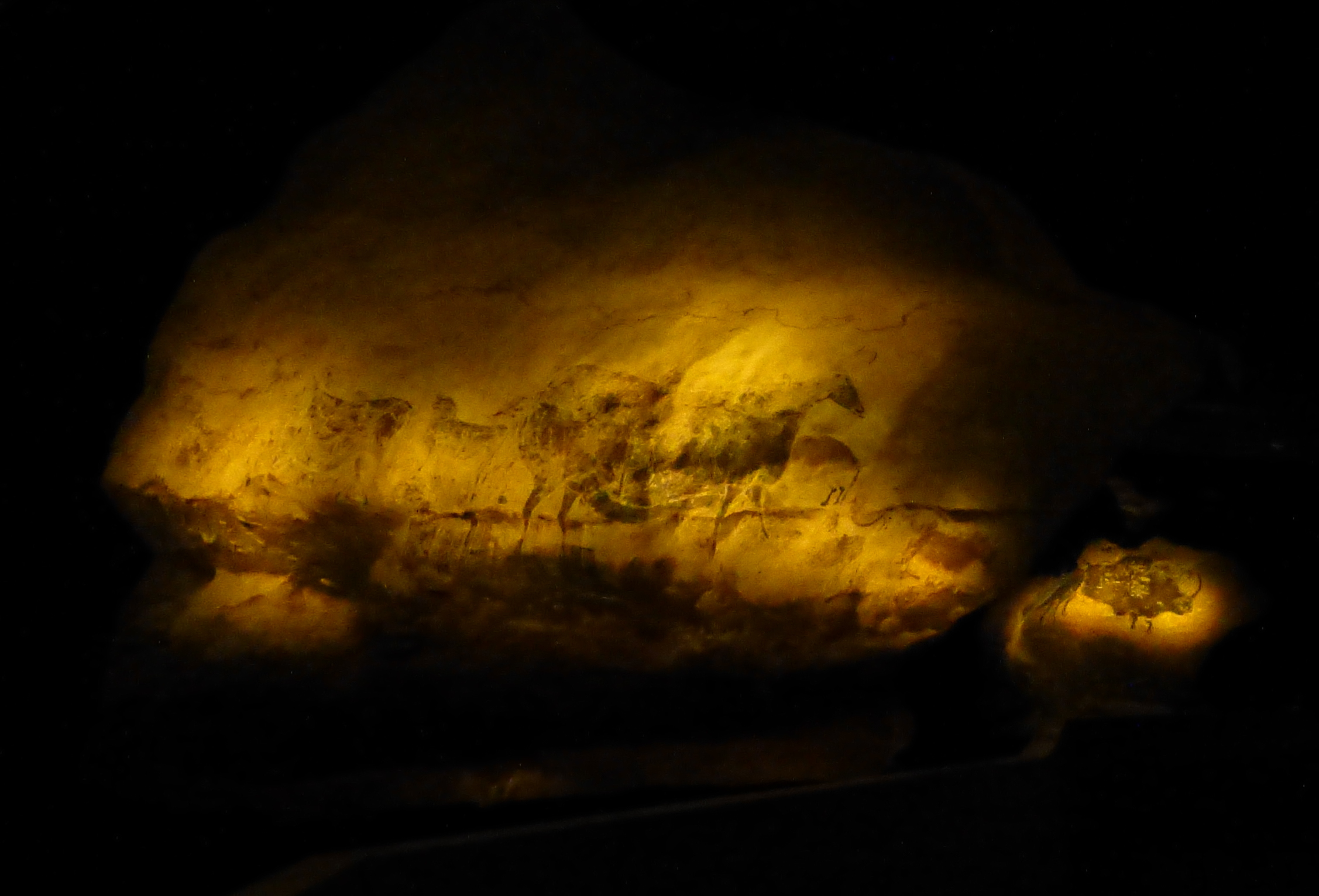
in the cave
____________________________________________________________________________________________________________________________________________________
>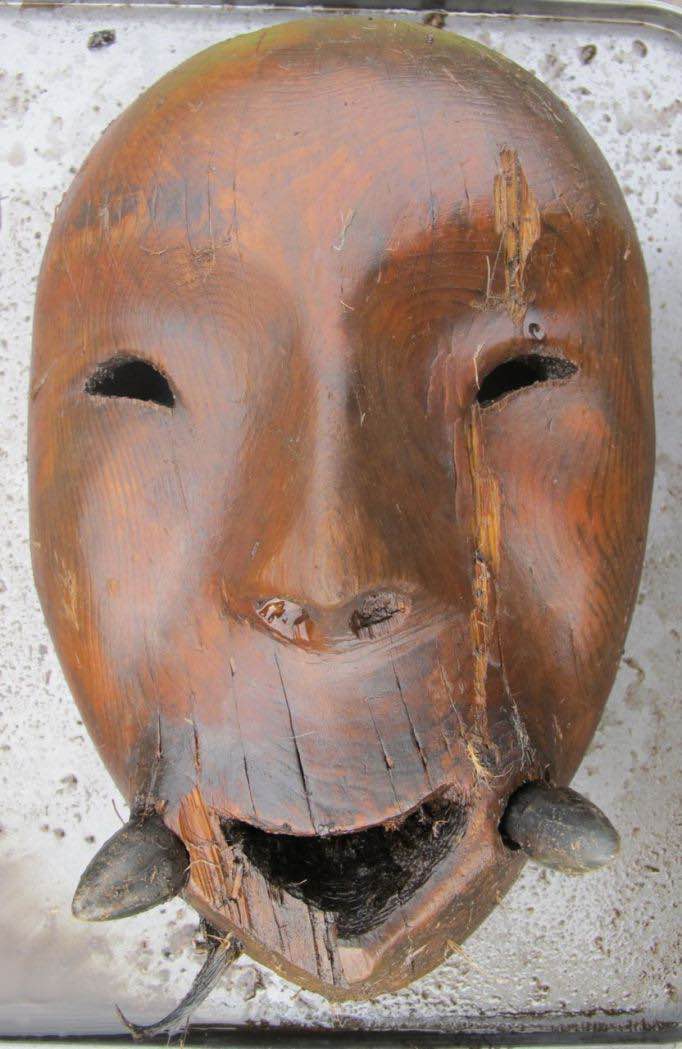
--------------------------
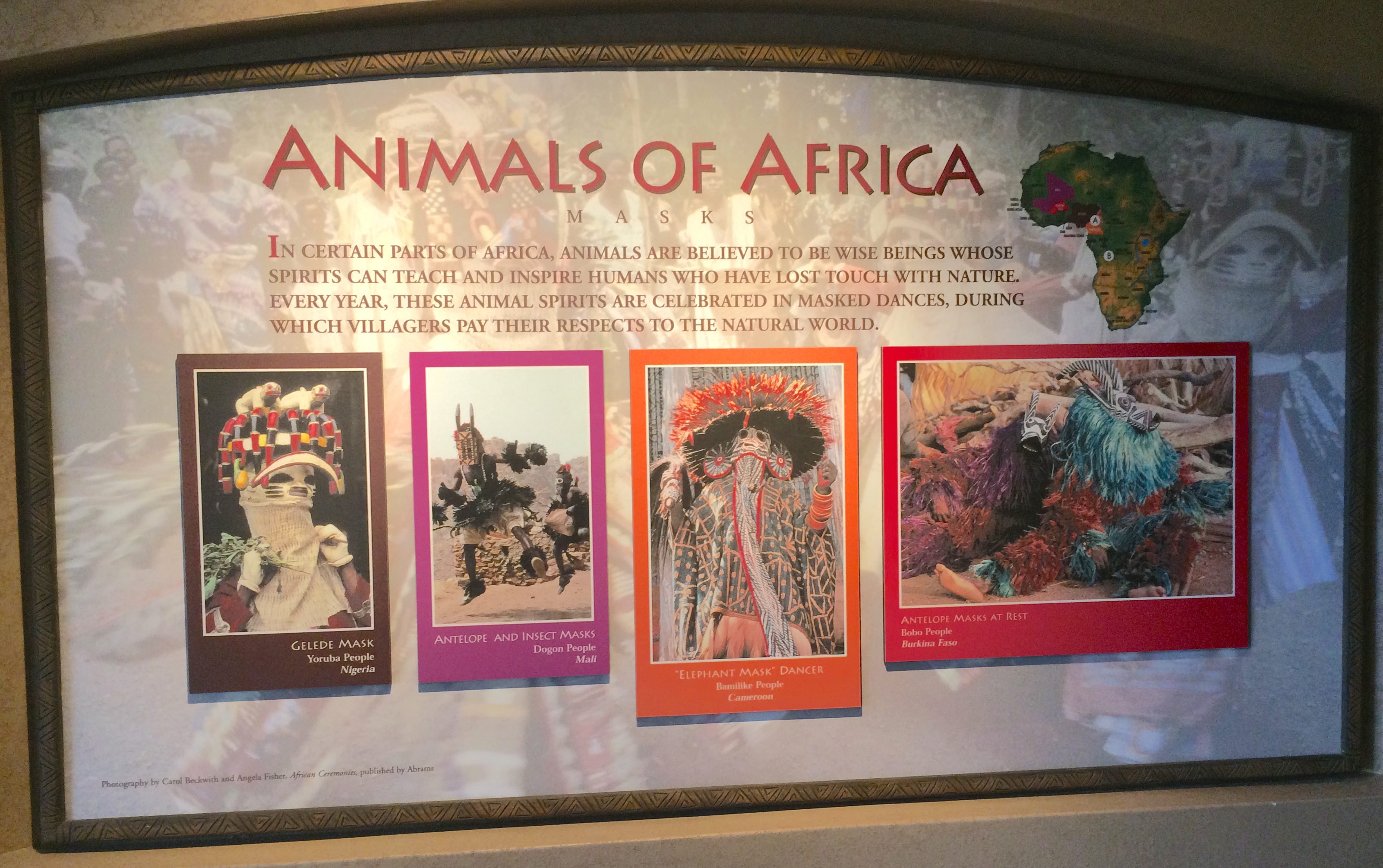
----------------------
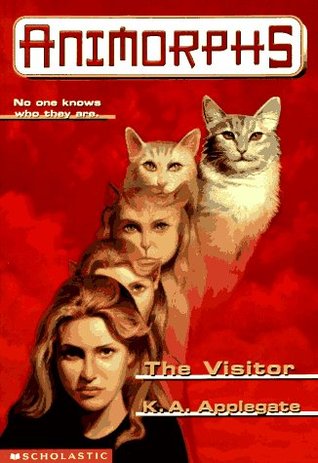
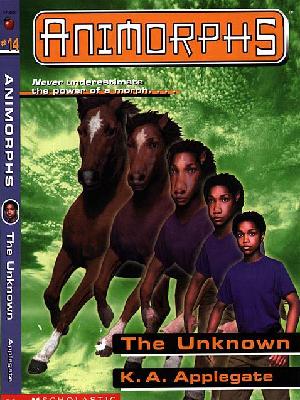

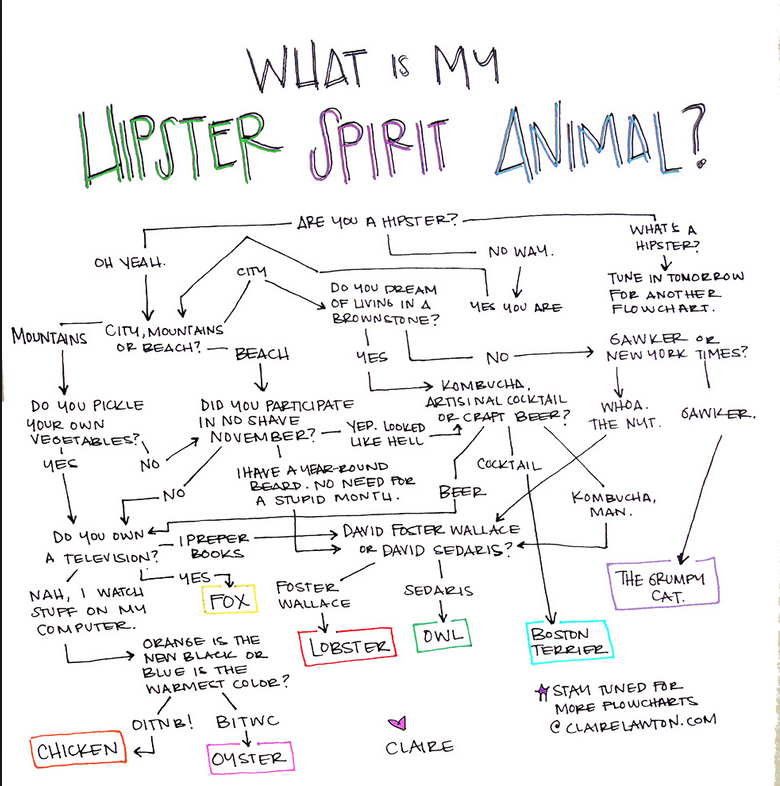
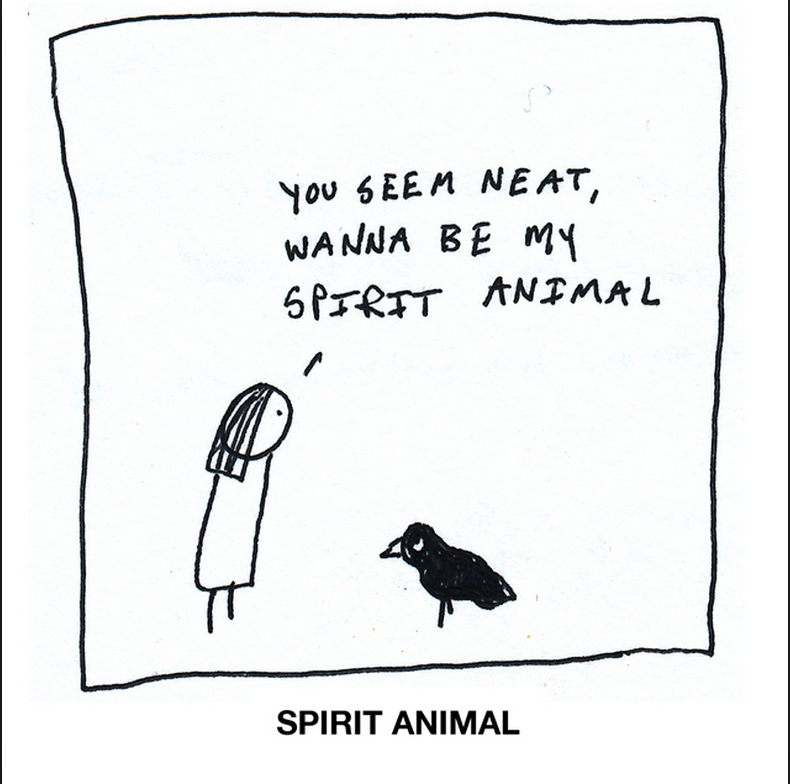
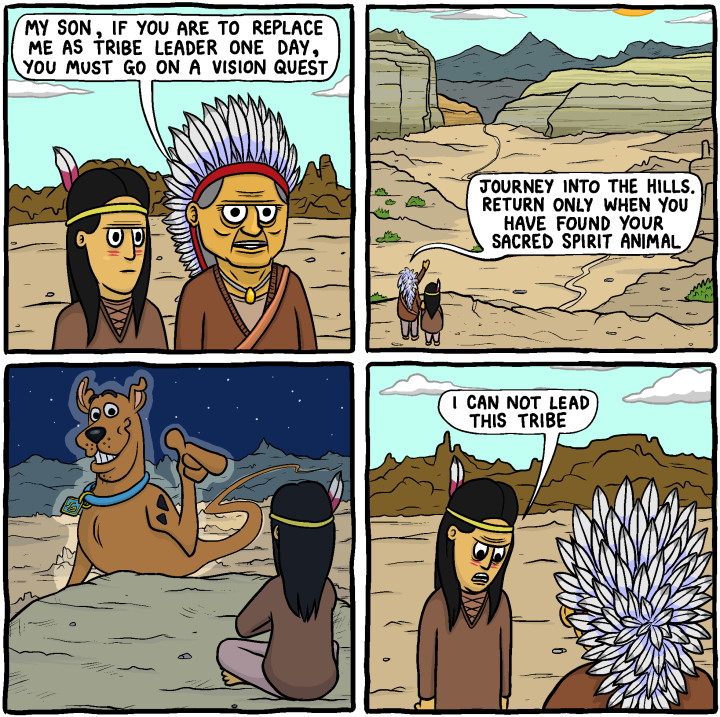
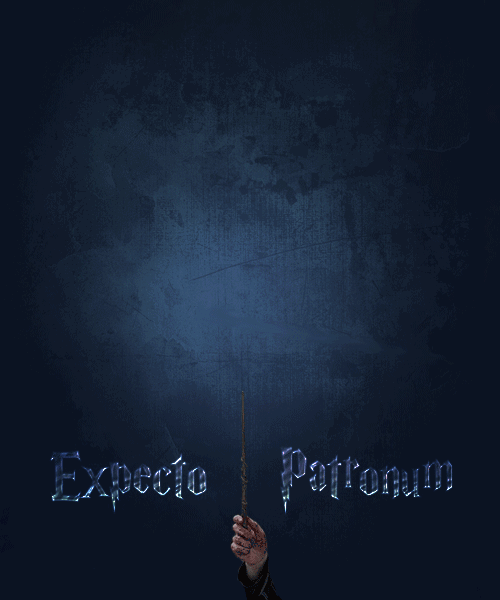

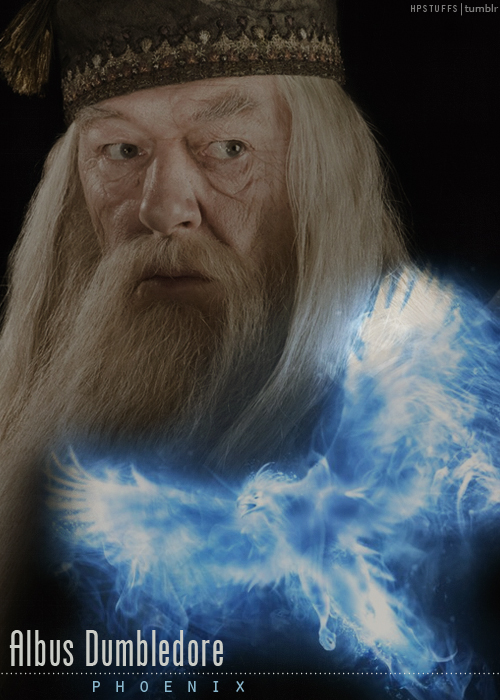


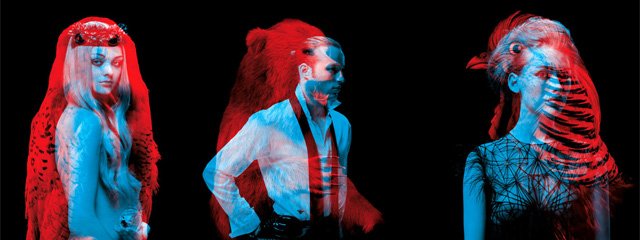

---------------------------------------------------------------------------------------------------------------------------------------------------------------------------------------------
--------------------------------------
--------------------------------------
--------------------------------------
-------------------------------------------
[a] one from a scientific account of your animal (may be from the internet) or from the course anthology section of Animal Speak; and/or the course anthology section of Spirit Animals and/or“Power Animals in Bless Me Ultima, Harry Potter, and Black Elk Speaks: A Few Examples” and/or “Totemism and Power Animals, some definitions .”
[b] and one from a library book not available in any way on the internet. You may choose one of the books on reserve listed below. (Needless to say, the quote from the reserve book can not be from pages reproduced in our course anthology. )
But you will earn more points for a different kind of book about your animal such as a scientific book, for example.
In any case, you must supply complete bibliographical information for the book[s]
Books on Reserve in the PCL for This Project:
Animal spirit guides : discover your power animal and the shamanic path / Chris Lüttichau. -- BF 1275 G85 L88 2009;
Power animals : how to connect with your animal spirit guide / Steven D. Farmer. -- BF 1275 G85 F37 2004 TEXT ;
Animal-speak : the spiritual & magical powers of creatures great & small / Ted Andrews. -- BF 1623 A55 A53 1993;
Power animals : how to connect with your animal spirit guide / Steven D. Farmer. -- BF 1275 G85 F37 2004 CDROM
============================================================================================================
PROCESS
=============================
1. Begin with the animal.
You can use selection process you like but the emphasis should be on the animal choosing you rather than vice versa. Then you can then draw on your memories and/or the scientific observations of others (worth extra points) to establish the traits of the animal that interest you.
Here are three contemporary guided meditations that may help you find a power animal in the Native American tradition:
Steven Farmer
Shamanic
Denise Linn
=============================
2. Be the animal
=============================
To get a sense of the animal, in addition to your memories and your research, use your sympathetic imagination, trying to imagine what it is like to be the animal. At least 400 words must be devoted to helping us see, feel, hear, etc. as the animal does.
This of course is good practice for Project Two where you must write even more from the point of view of the animal.
=============================
WHY? REV IEW GOALS:
[2A2a] To return to the traditional college goals of developing character and conscience.
[2A2b] To practice replacing fear and greed with love, compassion, tolerance, and the sympathetic imagination,which is essential to morality and ethics. Trying to imagine what it was like to be someone else is a form of experiential learning, the kind that can stick with you later. All of this depends on your willingness to be an actor, to willingly suspend your disbelief long enough to play the part. That willingness also enables you to FREE yourself from the world views that you may have inherited without conscious thought or decision on your part.* Trying out the worldviews of other cultures is the humanities equivalent of a scientific experiment. When you adopt, however briefly, another Weltanshauung, and see and feel as a member of that culture would, you test out whether any part of that philosophy of life is one you want to adopt and/or, by contrast, what part of the worldivew you inherited you may consciously want to embrace as an adult.
*William Blake called them your "mind-forged manacles"
=======================================================
3. Learn from the animal (For example, what could you learn from the animal's ability to "be here now.")
Focus on the animal's traits and what you can learn from them: those that you would like to have more of yourself and those that you would like to see less of in yourself. It would be especially useful if you include traits that you need or don't need to be a better leader.
HOW COULD S/HE BE A LEADER FOR YOU?
HOW COULD S/HE HELP YOU DEVELOP YOUR OWN LEADERSHIP TRAITS?
=============================
4. An optional, EXTRA CREDIT tertiary topic is to imagine not only what it is like to be your animal but also what it would be like to be a Native American who identifies with this animal.
[Note: "Identifies with" us does not mean "worships". Like us, Native Americans usually "worshipped" one God, such as the Great Spirit, rather than animals in general or individual animals]
===============================
---------------------------------------------------------------------------------------------------------------
[1] Create a new folder on your desktop and name it with your animal name.
[2] Put a word.doc version of your original P1a, the one you uploaded to the Canvas blog site, titled "P1a," into the folder.
[3] Make a single Word document of all the critiques your colleages made of your P1a on the Canvas blog site, titled "Critiques," and categorized according to the name of each reviewer.
[4] Make a word.doc titled "Revisions," of the penultimate draft of your project showing all the changes you made in response to all the critiques. You can use different fonts, color, underlining, bold, italics, to reveal what responses were made to what reviewer. Put a code at the top of the first page showing which kind of highlighting represents which reviewer. Put this "Revisions.doc" into the folder.
[5] Finally, put a word.doc titled "Final draft" into the folder. This "final draft," must be double-spaced, with a title, page numbers, and footnotes at the bottom of the pages, using the University of Chicago footnote method assigned in our anthology (no bibliography). This final draft must meet all the requirements for images and citations and the last page shoujld provide word counts, both with and without quotations.
[6] Prepare an email to bump@utexas.edu and choose the folder as an attachment to the email. Send the email to me before class on the due date.
==========================================================================================================
=============================================================================================================
HOW WILL IT BE GRADED?
HERE is a sample summary of an evaluation of a student's final P1 by the instructor*
The essay itself is marked up by the professor using the nine categories and adding and subtracting points according to the rubrics and according to the general "college-level writing" criteria here: Detailed criteria for your print version here (to be turned into the instructor).
=============================================================================================================
AN EARLY DRAFT
Examples from E350 Animal Humanities:
Black Bear Black Panther Black-Tail Deer Butterfly Deer Mouse Doe Dog Dragonfly Elephant Hoot Owl
Lion Manta Ray Panda Screech Owl Sea Turtle Soft shell Turtle Squirrel
Examples from 603A11, which had a different organization, beginning with the self:
Bottlenose Dolphin Butterfly Cheetah Deer Dolphin Elephant Firefly Great Blue Heron Monkey Panda Raccoon Sparrow Spider Tiger Vulture Wolf Wombat
38-39 The Importance of Reading Directions in This Class
52 Concentration vs. “multitasking”
53 Sleep Deprivation and Multitasking
54 Negative vs. Positive Attitude
[CF. Goleman on optimism in “Emotional Intelligence”
62 Stress Test
63 Tips for Reducing Stress
64 U.T. Stress Relief Site
70-72 Perfectionism
73-74 Covey, Time Management form and example
82-3 Motivation; cf. Perfectionism
84 Goal Setting
92-93 “Procrastination: How Adolescents Encourage Stress”
94-95 Covey, Personal Planning System, from The Eighth Habit
96-97 Overcoming Procrastination;
98-99 Design Your Own Procrastination Plan
100-1 Learning Skills Center
102 Undergraduate Writing Center
WRITING INSTRUCTIONS
989-990 High School to College Writing Transition
991-992 Researching
993-994 Paraphrasing vs. Plagiarism
WRITING AS DISCOVERY LEARNING, AS ART
PHRASES IN BOLD = RUBRICS FOR PEER AND INSTRUCTOR CRITIQUES
O= 2. Organization and Logical Order of the Prose
+V = 4. Integration of Verbal and Visual Rhetoric
995 Writing Well is Thinking Well
996-7 Rhetorical Fallacies
998 Yeats, "Hammer Your Thoughts"; RETHINK REWRITE ALSO ^ [
coherence]
999 Forster, "Only Connect" ALSO ^ [coherence]
1000-1001 Creating a Strong Thesis
1002 Structure of a Professional Research Paper
1003 "COMPOSITION," the meaning of ALSO ^ [coherence]
1004 Introductions and Conclusions ALSO ^ [coherence]
^ = 1. UNITY, COHERENCE, AND FLOW
1005-1006 Flow and Transitions ALSO O
1007 COHERENCE, sign of an 'A' paper
1008 Transitional Expressions
1009 Focusing on Transitions
W=8. WORD CHOICE
USE THE Oxford English Dictionary:
https://login.ezproxy.lib.utexas.edu/login?qurl=http%3a%2f%2fwww.oed.com%2f
1010-1011 Verbs that Take Prepositions
1012 Rough Guide to Prepositions
P= 7. PUNCTUATION:
1013-1023 Eats, Shoots, and Leaves: commas, semicolons
1024-1025 Quick Guide to Commas
DOC= 6. DOCUMENTATION
1026-1029 Chicago Manual of Style
W= 8. WORD CHOICE + S= 3. SPECIFICITY:
1030 Hemingway on Rewriting
1031-1032 Hemingway's Farewell to Arms summary
1033-1056 Hemingway's Farewell to Arms 47 endings
1057 Revisions Checklist
1058-1059 Saying What You Mean
C= 9. CONCISENESS
1060-1061 Diction and Conciseness ALSO W= 8.
1062-1063 Eliminating Wordiness ALSO W= 8.
1064 Readability and Clarity ALSO W= 8.
1065 Tips for Improving Readability ALSO W= 8.
P =PROOFREADING
1066-1068 Proofreading
1069 Why spell checkers are not enough
===============================================================================================